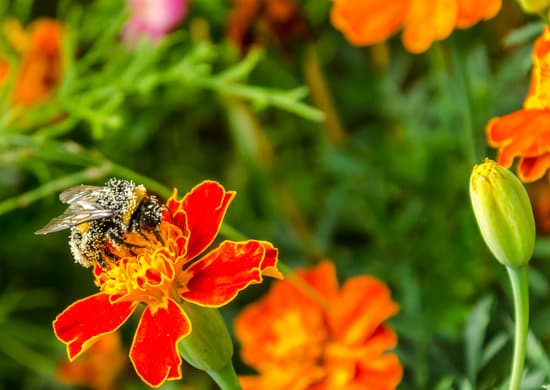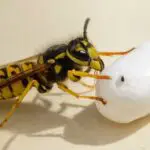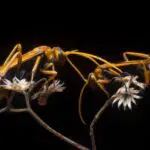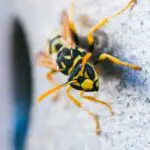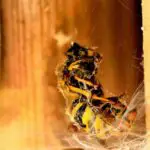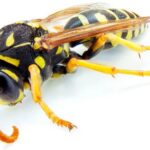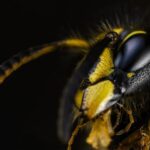What Wasps Are Pollinators
Besides being pollinators, wasps are also beneficial predators, feeding on pests that damage crops. Wasps are a member of the Order Hymenoptera, and are related to bees. There are over 100,000 species of wasps known to exist. Some are generalists and feed on a wide range of plants, while others specialize in pollination.
Wasps have a similar appearance to bees. They are usually hairless and have slender legs. They are also similar to bees in the way they use their mouths to collect nectar. They are primarily interested in nectar, but they also feed on fruit, honey, and other insects.
The majority of wasp species feed on nectar and protein from pollen. But some wasps also have special pollen-carrying bodies that can transport pollen without using their hairs. There are also wasps that can pierce the base of a flower to access the nectar. They may also be able to carry pollen to flowers that bees cannot reach.
Pollen wasps are very efficient at pollinating flowers. They take the pollen into their mouths and store it inside their bodies. Then they build a nest out of mud. The nests are sealed with a mud plug. This means that the nest is protected from wind, but the nest can also be dangerous.
Pollen wasps also play a key role in controlling pests. They control insects like whiteflies in greenhouses. They also kill hornworms and emerald ash borer. They are also responsible for controlling insect pests in multi-cropping systems.
